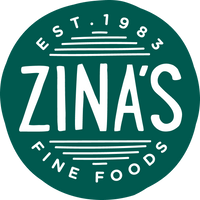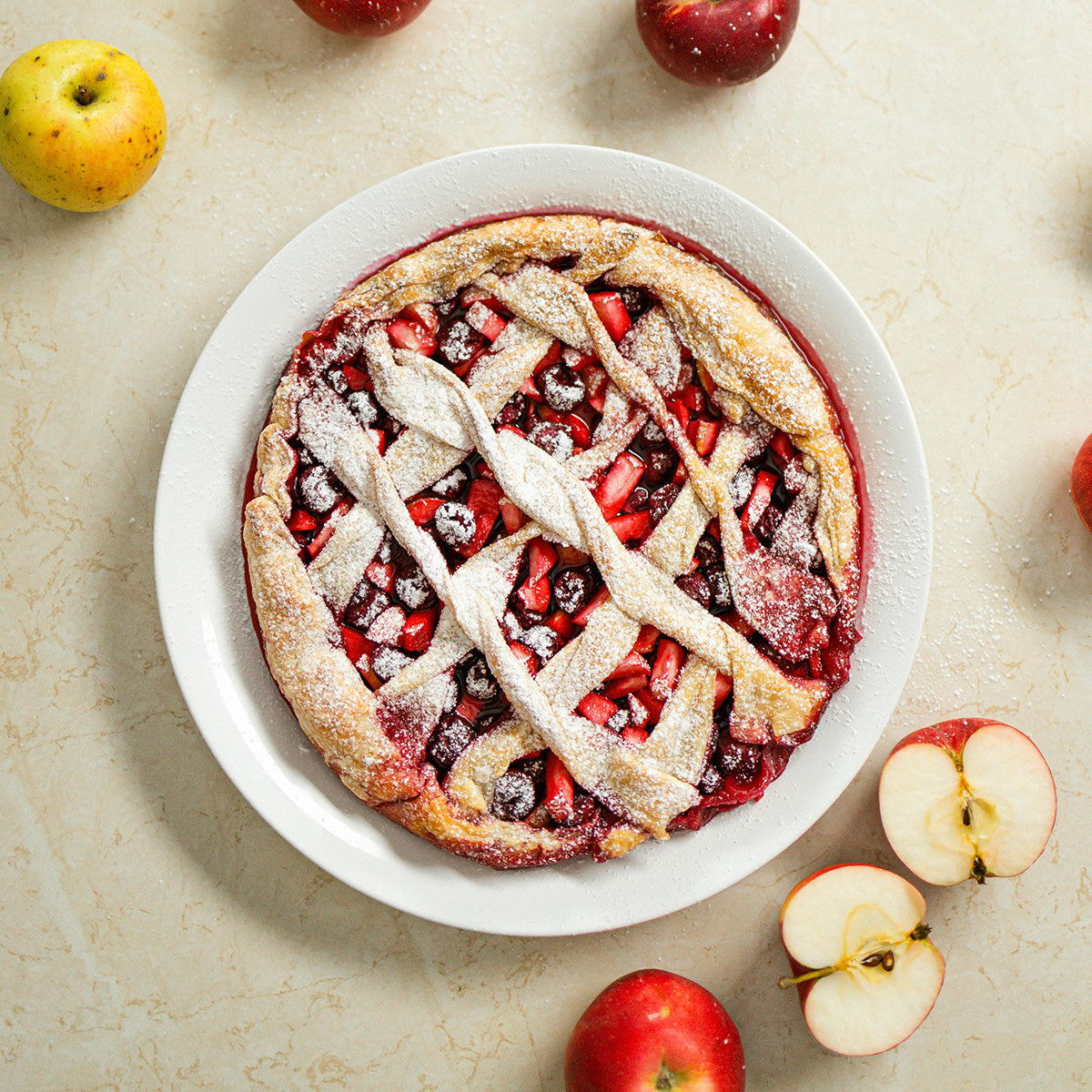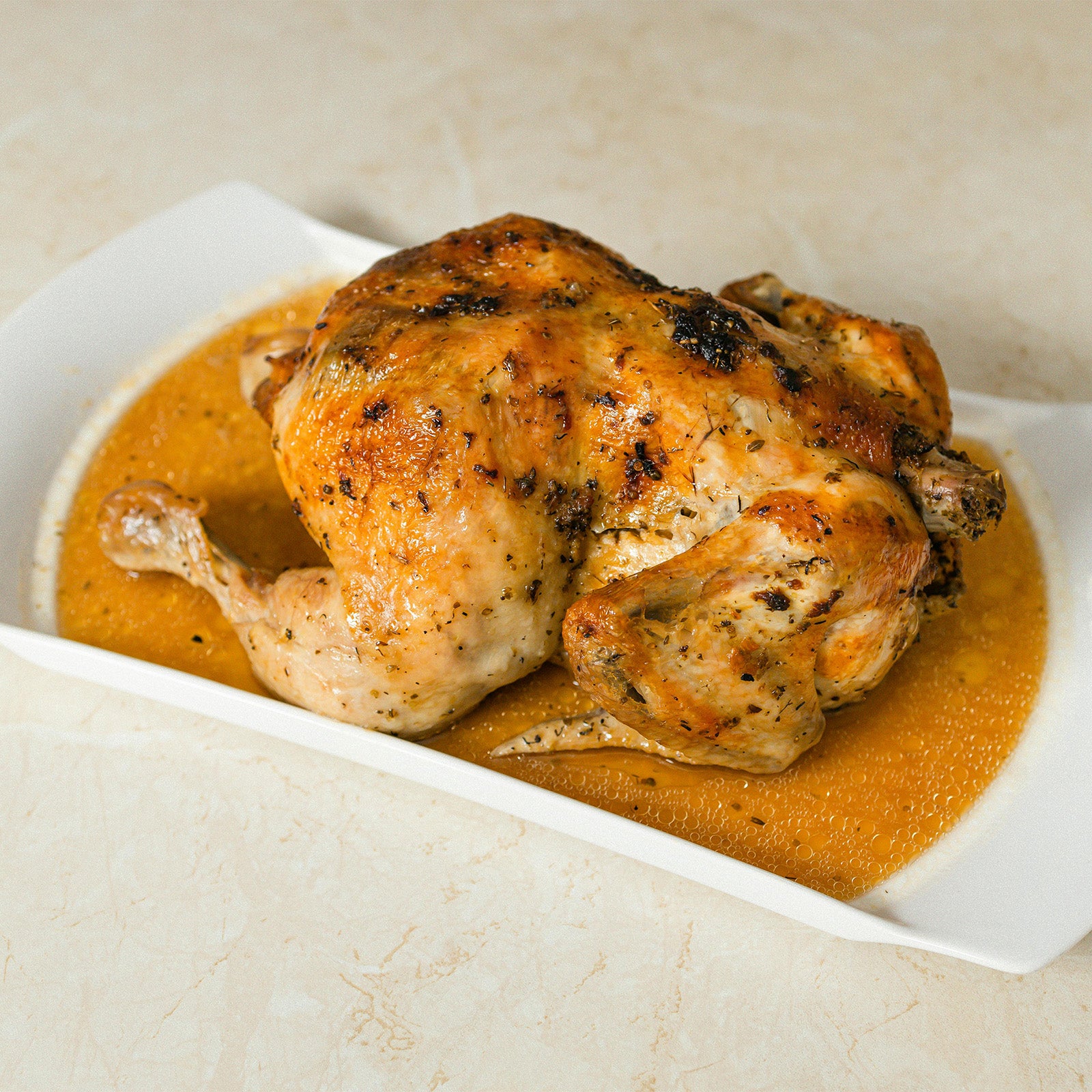
Imagine diving into the whimsical world of Dr. Seuss’s “Green Eggs and Ham.” Sam-I-Am’s vibrant green eggs might spark curiosity in a children’s book, but in reality, green-colored eggs face significant pushback. Despite tasting the same, practical attempts to serve green-colored eggs were rejected because their unusual hue evoked thoughts of spoilage. This demonstrates the strong impact that color has on our perception of food.
A study by Charles Spence "On the psychological impact of food color", highlights how deviations from expected food colors can disrupt our willingness to eat them. Similarly, in the 1990s, PepsiCo introduced Crystal Pepsi, a clear version of their classic cola. Despite the flavor being nearly identical, the clear appearance clashed with consumer expectations, leading to poor sales and its eventual discontinuation.
Today, the narrative around food coloring is evolving. Pastel hues—soft greens, light pinks, and gentle blues—are becoming popular not only in fashion and design but also in food. This trend reflects a shift towards visually appealing and subtly colored foods, aligning with modern themes of wellness and simplicity.
At Zina's Salads Inc., we’re embracing this trend with our Pasta Rainbow, a vibrant dish featuring three-color rotini naturally colored with spirulina, beetroot, and turmeric. This dish highlights how we marry visual appeal with natural ingredients to meet the expectations of our customers.
Trending Natural Food Coloring Agents
Here are some natural food coloring agents that are gaining popularity:
Spirulina Extract (Blue)
Sourced from the cyanobacteria Arthrospira platensis, spirulina offers a rich blue hue and is packed with nutrients.
Butterfly Pea Flower (Purple/Blue)
Derived from the Clitoria ternatea flower, this color can range from blue to purple depending on the pH level.
Red Radish (Red)
Provides a stable red color for beverages and confections, extracted from radish pigments.
Annatto Extract (Yellow/Orange): Extracted from Bixa orellana seeds, annatto delivers a yellow to orange hue, often used in cheese and snacks.
Beetroot Juice (Red/Pink): Offers a deep red to pink color, ideal for baked goods and beverages.
While natural colors offer health benefits and align with the growing demand for clean labels, they come with challenges. Natural colors are often less stable than synthetic dyes, changing under light, heat, or varying pH levels. For instance, anthocyanins from red cabbage can shift dramatically based on pH, leading to color inconsistency.
Additionally, natural colors might impart unintended flavors or odors to foods. Chlorophyllin, derived from chlorophyll, can give a metallic taste if not handled properly. Achieving consistent color intensity with natural colorants can also be difficult. This can result in variations that consumers might find unappealing when comparing products.
At Zina's, we frequently encounter issues like discoloration and color bleeding. For example, natural bleeding from tomatoes can alter the appearance of wheat in our popular tabbouleh salad, turning it from its usual color to an unexpected red. These variations can significantly impact consumer perceptions and highlight the need for careful management of natural colors to meet visual expectations.
In the U.S., especially among price-conscious consumers, artificial coloring agents are often used to convey a sense of freshness and ripeness while keeping costs low. Products like artificially colored beverages and snacks use vibrant colors to suggest peak freshness, despite lacking these characteristics naturally. However, as awareness grows about the health risks of artificial colors and their lack of nutritional benefits, there's a noticeable shift towards natural and clean labels.
Consumers today, thanks to the internet, social media, and various educational platforms, are better informed about food ingredients and increasingly skeptical of synthetic additives. This growing awareness is driving a shift towards natural colors. People prefer products free from artificial enhancements, seeking authenticity and transparency in what they eat.
At Zina's, we’re ahead of the curve. We've always prioritized natural coloring agents over synthetic ones. Our Pasta Rainbow is a prime example of how we combine vibrant, natural colors with great taste and quality. As consumer education continues to rise, the market will favor products with natural ingredients. Companies heavily reliant on artificial colorings will face challenges keeping pace with this shift.
The world is moving away from artificial colorings, and the trend towards natural food colors is more than just a fad. It’s about meeting consumer demands for healthier options and embracing a future where food is both beautiful and genuine. This aligns perfectly with our commitment to quality and transparency at Zina's Salads Inc.
As the market evolves, so does Zina's, ensuring that our offerings not only look appealing but are also beneficial for you. This move towards natural colors signifies a broader shift towards a healthier, more informed way of eating.






